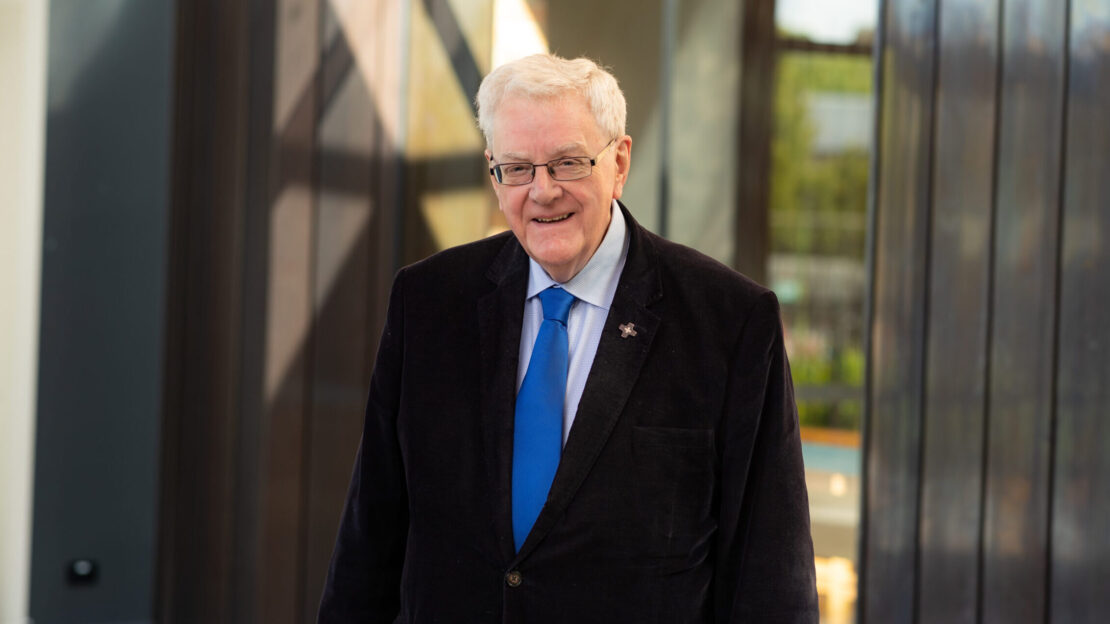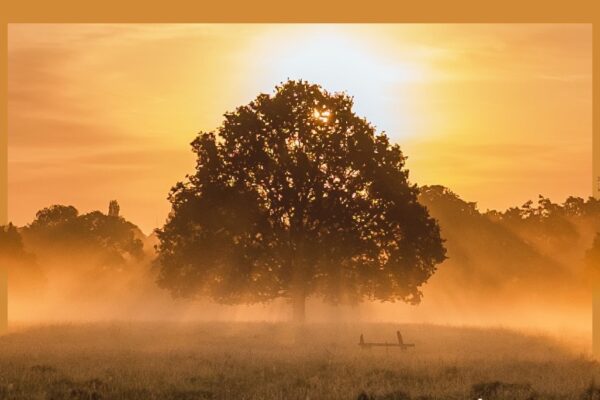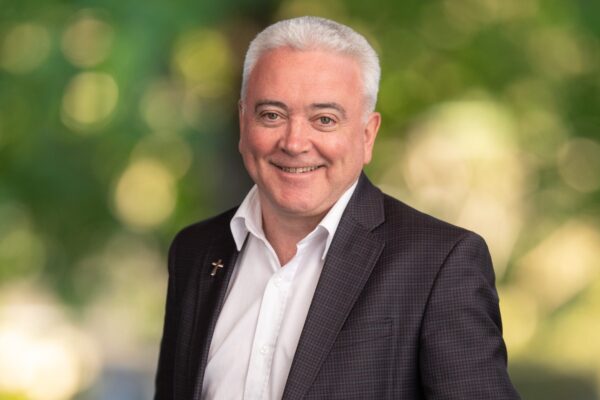I believe in one, holy, Catholic and apostolic Church
My contribution to the Bulletin last week began with the third part of the Creed. The next line of both creeds is about the Church. As an introduction to talking about the Church, I would like to take up last week’s newspaper reports on the last Census here in Australia. These reports noted that the percentage of Australians who are believers has declined.
This is to be expected!
We are in a period of quite radical transition and the position of Christianity in society is one of the major threads of this transition. To give some background to this, I would like to begin in the year 321 A.D. In that year the Roman Emperor, Constantine, became a Christian catechumen. (He was not baptized until shortly before his death). His becoming a Christian set afoot a process by which the whole Empire gradually became Christian. Historians estimate that all of the lands of the old Empire were Christian in name at least by 600 A.D.
This was not simply a process of individual conversions – though there were many of them – but a process of making the society Christian. So all the institutions of society were gradually Christianised. In this process, the temples were removed or became churches, time was organized according to the Christin feasts, morality was based on Christian principles, the view of the world people lived in was determined by the history recounted in the Bible.
This brought about an interpenetration of the Christian religion and the culture and societies of Europe. Europeans were Christians. By baptism you became a Christian and member of your society. So Medieval Europe functioned sociologically as strictly Islamic societies do today. To be a citizen, you needed to be a Christian. So Jewish people lived in separate societies called ghettos, just as Westerners living and working in strictly Islamic societies today live in separate compounds.
This tight alignment of society and religion was a means by which people of that time became Christians and it worked well enough in that situation and people became genuine believers within that social system and truly came to know Christ.
But obviously enough, countries like our own no longer work on the presumption that everyone is of one particular religion; they are pluralist and they are secular.
Any society tends to shape its members in its own image, so Medieval Christian societies tended to make their members Christian, and contemporary secular societies tend to form their members in their own image as secular.
This whole issue opens up the deep need for a different approach to understanding and passing on the faith today. What we have always done will not work in the same way today.
By Fr Frank O’Loughlin




Comments
Add Comment